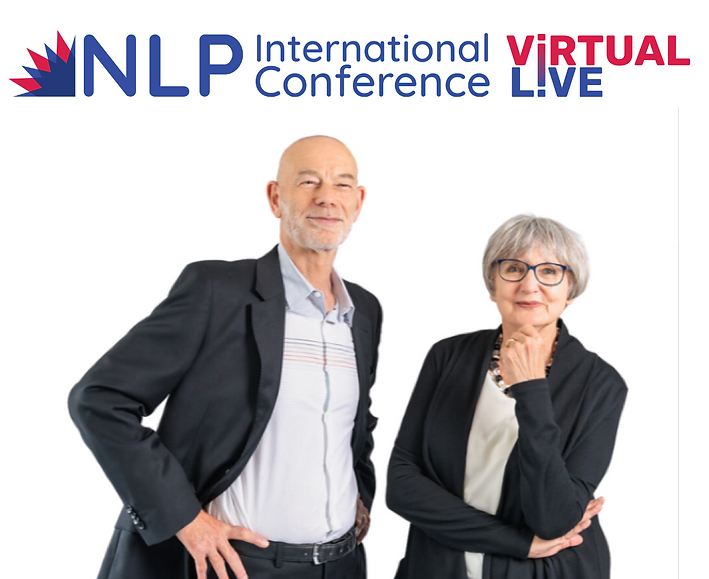I have five comments on Dan Gardner conclusion to Risk: The Science and Politics of Fear (pp. 354-357) quoted below:
We really are the safest, healthiest, and wealthiest humans who have ever lived. [See comment 1]
So why is it that so many of the safest humans in history are scared of their own shadows? There are three basic components at work: the brain, the media, and the many individuals and organisations with an interest in stoking fears. Wire these three components together in a loop and we have the circuitry of fear. One of the three raises an alarm; the signal is picked up and repeated by the next component and then the other; the alarm returns to the original component and a louder alarm goes off. Fear amplifies. Other alarms are raised about other risks, more feedback loops are created, and the “unreasoning fear” Roosevelt warned against becomes a fixture of daily life.
In part, this is an inevitable condition of modernity. Our Stone Age brains can’t change, we won’t abandon information technology, and the incentives for marketing fear are growing.
But while we may not be able to cut the circuitry of fear, we can at least turn down the volume. The first step is simply recognising that there are countless individuals and organisations that have their own reasons for inflating risks, and that most journalists not only fail to catch and correct these exaggerations, they add their own. We need to be skeptical, to gather information, to think carefully about it and draw conclusions for ourselves. [See comment 2]
We also have to recognise that the brain that is doing this careful thinking is subject to the foibles of psychology. This is actually more difficult than it sounds. Psychologists have found that people not only accept the idea that other people’s thinking may be biased, they tend to overestimate the extent of that bias. But almost everyone resists the notion that their own thinking may also be biased. One survey of medical residents, for example, found that 61 percent said they were not influenced by gifts from drug company salespeople but only 16% said the same of other physicians. [See comment 3]
But even if we accept that we, too, are human, coping with the brain’s biases is not easy. Researchers have tried to “debias” thinking by explaining to people what biases are and how they influence us, but that doesn’t work. We simply cannot switch off the unconscious mind.
What we can do is understand how Gut works and how it sometimes makes mistakes. “People are not accustomed to thinking hard,” Daniel Kahneman wrote, “and are often content to trust a plausible judgment that quickly comes to mind.” That is the most important change that has to be made. To protect ourselves against unreasoning fear, we must wake up Head and tell it to do its job. We must learn to think hard. [See comment 4]
Very often, Head and Gut will agree. When that happens, we can be confident in our judgments. But sometimes Head will say one thing, Gut another. Then there’s reason to be cautious. A quick and final judgment isn’t necessary to deal with most of the risks we face today so when Head and Gut can’t agree, we should hold off. Gather more information. Think some more. And if Head and Gut still don’t match up, swallow hard and go with Head. [See comment 5]
After the September 11 attacks, millions of Americans did the opposite and chose to abandon planes for cars. This mistake cost the lives of more than 1500 people. Putting Head before Gut is not easily done, but for the fears it can ease, and the lives it can save, it is worth the effort.
My comments
1. First, let’s be grateful for this.
Martin Seligman and his colleagues found that people who wrote down three things that went well each day and their causes every night for just one week had improved happiness scores which then increased over the next six months.
Likewise, participants were given one week to write and then deliver a letter of gratitude in person to someone who had been especially kind to them but had never been properly thanked, showed an immediate and marked improvement in happiness score, although it tailed off during the six month follow-up.
The bottom line: being consciously grateful and acting on it, improves our view of life. For most of us, being safe, healthy and wealthy is a pretty good place to start the gratitude log.
2. We also need to apply skepticism to our own thinking to counter the potential for self-deception. The capacity to self-deceive has it’s own built in bind: the better we are at it the less we will know it is happening!
3. Research that shows the great majority of us believe ourselves to be above average is one of the most documented cognitive biases. My favourite example are the people who claimed to be above average drivers while lying in a hospital bed after an motor accident.
4. I think it going to take more than telling people to “learn to think hard”. Schools could do a lot more to teach children how to be aware of their cognitive biases. But without a big increase in humility it’s hard to see why people would would go through the effort of learning to think hard, just because it was good for them.
5. We need to (a) recognise these incongruence signals, (b) interpret them and (c) act on them. That involves three interconnected but separate skills. If any one of them is working well enough the whole process will fail and we will ‘revert to type’.
On top of this, we need an ‘exit strategy’ (as they say in NLP). Otherwise Head might think so hard and for so long that we find we have traded a knee-jerk reaction for procrastination.
References
Gardner, D, Risk: The Science and Politics of Fear, Virgin Books, 2009.
Martin E. P. Seligman, Tracy A. Steen, Nansook Park & Christopher Peterson. Positive Psychology Progress: Empirical Validation of Interventions, American Psychologist, July–August 2005.






